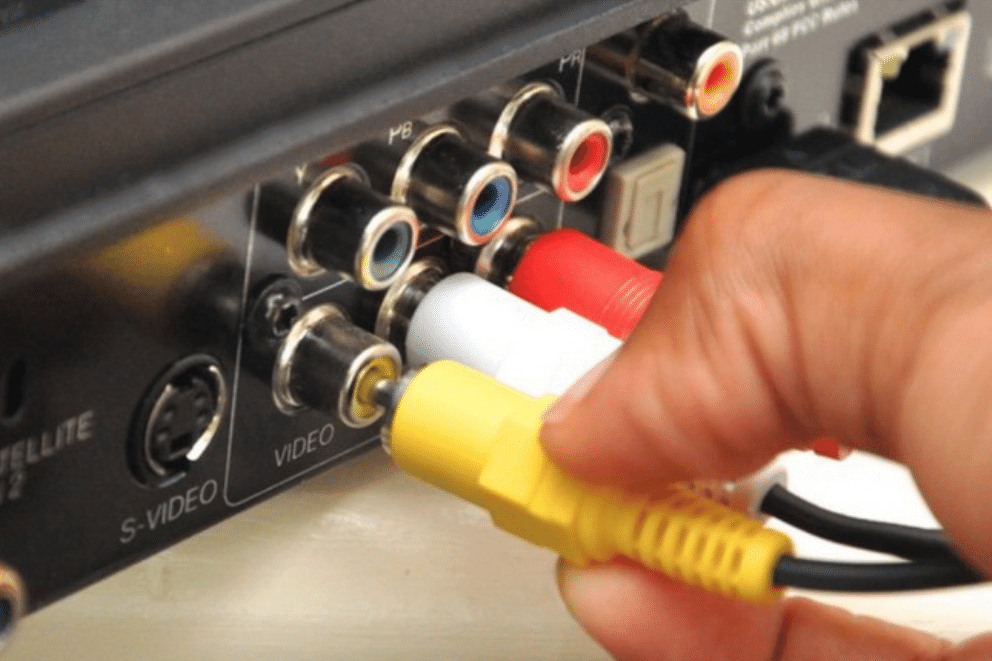In the realm of content distribution, especially in industries like broadcasting, hospitality, and education, the demand for high-quality video distribution solutions has been incessantly growing. HDMI modulators have emerged as a pivotal technology, facilitating the transmission of high-definition video and audio signals over existing coaxial cable networks. This article delves into the evolution of HDMI modulators, their functionalities, applications, and the transformative impact they’ve had on various sectors.
Understanding HDMI Modulators
HDMI (High-Definition Multimedia Interface) modulators are devices designed to convert HDMI signals into digital RF signals, which can be distributed over coaxial cable networks commonly found in homes, hotels, hospitals, and other commercial establishments. These modulators essentially enable the integration of HDMI sources, such as Blu-ray players, gaming consoles, and set-top boxes, into existing RF (Radio Frequency) distribution systems.
Evolution of HDMI Modulators
The evolution of HDMI modulators has been driven by the need for enhanced video quality, compatibility with evolving display technologies, and the demand for more efficient content distribution solutions. Early HDMI modulators primarily focused on basic signal conversion capabilities, with limited support for HD resolutions and compression standards.
However, advancements in semiconductor technology, coupled with the increasing prevalence of high-definition content, spurred the development of more sophisticated HDMI modulators. Modern iterations offer support for a wide range of video resolutions, including 4K Ultra HD, and incorporate compression techniques like H.264 and H.265 to optimize bandwidth utilization without compromising on visual fidelity.
Key Features and Functionality
Contemporary HDMI modulators boast an array of features aimed at delivering seamless and high-quality content distribution. Some of the key features include:
High-Definition Support: HDMI modulators support various HD resolutions, including 720p, 1080p, and 4K, ensuring compatibility with diverse display devices.
Compression Technologies: Integration of advanced compression algorithms like H.264 and H.265 enables efficient utilization of bandwidth resources, facilitating the transmission of high-quality video over existing coaxial cable networks.
Multiple Input Ports: Many HDMI modulator are equipped with multiple HDMI input ports, allowing users to connect and distribute content from multiple sources simultaneously.
Modulation Standards: Support for different RF modulation standards such as QAM (Quadrature Amplitude Modulation) and ATSC (Advanced Television Systems Committee) ensures compatibility with various RF distribution systems.
Remote Management: Remote management capabilities enable users to configure and monitor HDMI modulator remotely, facilitating ease of operation and troubleshooting.
Low Latency: Low-latency transmission ensures minimal delay between the source and the display, making HDMI modulator suitable for applications that require real-time interaction, such as gaming and live events.
Applications of HDMI Modulators
The versatility of HDMI modulator has led to their widespread adoption across various industries and applications. Some of the common use cases include:
Broadcasting: In the broadcasting industry, HDMI modulator are utilized to distribute high-definition content to multiple displays or television sets within broadcasting facilities. They enable broadcasters to integrate HDMI sources seamlessly into their existing RF infrastructure.
Hospitality: Hotels, resorts, and cruise ships leverage HDMI modulator to deliver premium in-room entertainment experiences to guests. By distributing HD content over coaxial cable networks, hospitality establishments can provide a wide array of channels and interactive services to enhance guest satisfaction.
Education: Educational institutions deploy HDMI modulator to facilitate multimedia content distribution in classrooms, lecture halls, and training facilities. These modulators enable educators to deliver high-quality instructional material to students across multiple displays or projectors, enhancing the learning experience.
Digital Signage: HDMI modulators play a crucial role in digital signage applications, where dynamic content needs to be distributed to multiple display screens in retail stores, airports, and corporate environments. By converting HDMI signals to RF, modulators simplify the deployment of large-scale digital signage networks.
Healthcare: Hospitals and healthcare facilities utilize HDMI modulators to distribute video content from medical imaging devices, such as ultrasound machines and X-ray systems, to viewing stations and display monitors across the facility. This enables medical professionals to access and review diagnostic images with ease.
Challenges and Future Trends
While HDMI modulators offer numerous benefits, they also face certain challenges and opportunities for improvement. One of the primary challenges is the increasing demand for higher resolutions and frame rates, necessitating the development of more advanced compression technologies and hardware capabilities to handle the increased data throughput.
Additionally, as the industry moves towards IP-based content distribution systems, HDMI modulators may need to evolve to support hybrid solutions that integrate both RF and IP transmission protocols. This shift towards IP-based distribution presents opportunities for enhanced scalability, flexibility, and interoperability.
Conclusion
HDMI modulator have revolutionized the way high-definition content is distributed across various industries, offering a versatile and cost-effective solution for transmitting HDMI signals over existing coaxial cable networks. As technology continues to evolve, HDMI modulator are poised to play an increasingly critical role in shaping the future of content distribution, catering to the growing demand for immersive multimedia experiences.







